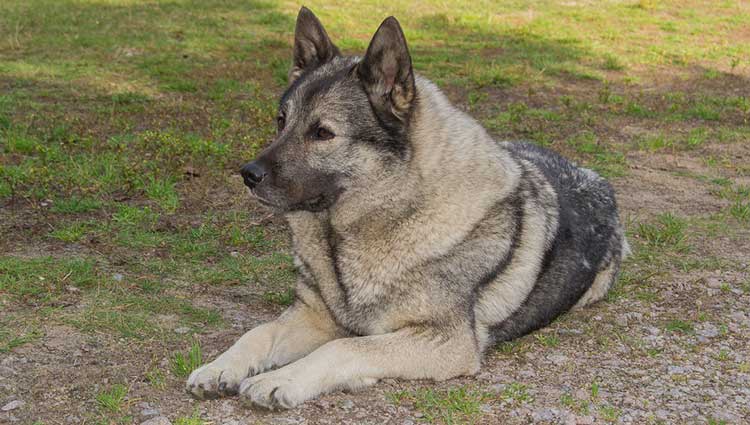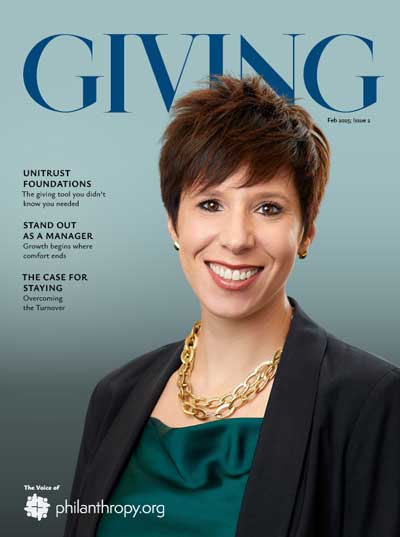Some 30 years ago I had to say goodbye to Thora, my loyal Norwegian Elkhound, who was with me for 11 years. Anyone who’s ever loved a pet knows how deep that bond goes—they truly become a part of you.
Thora’s final moments remain with me: even as she lay too weak to lift her head, lying very still and very ill, she somehow managed to offer one last gentle lick—her quiet goodbye from “man’s best friend.” It was not an easy lick for her—and neither for me. In her final days, she sought solitude, ready to rest.
Thora was more than a companion—she was a silent listener and a source of unconditional love. Losing her was tough, but the lessons she taught me about loyalty, planning, and care remain vivid.
She somehow managed to offer one last gentle lick—her quiet goodbye from “man’s best friend.”
Enter Chloe
These days, I find joy in my Yorkie, Chloe, who takes her job as a “watchdog” very seriously. At a fraction of Thora’s size, she’s not a “doggopotamus” but does have an enormous personality. Chloe growls at every perceived danger (even me sometimes)—sounding the alarm to “wake up the big ones.” Not that we have Mastiffs or Dobermanns in the house to help her out.
When we lived in Pennsylvania, her constant barking at deer, squirrels, and foxes was part of our daily soundtrack. I thought moving to a condo on the 15th floor in Tampa would calm her down. Nope. Now she barks at airplanes, birds, and city sirens. Always needs something to do.
The biggest problem with Chloe, though, is that we can’t take her to a bar—she just can’t hold her licker. Fifth-grade jokes aside, for all her antics, Chloe reminds me of the joy and responsibility that come with having a pet. Even with small dogs, costs can add up.
Love, Loss, and Planning Ahead
When my dear friend Gayle lost her beloved Palmer, it reminded me of the deep love we pour into our furry companions. Her experience brought back memories of my Thora and reinforced the importance of planning—not just for the financial costs of pet ownership but for the emotional weight of their loss.
My sister had a similar experience with her beloved Ragan, who was diagnosed with a challenging disease. Thanks to the doctors at the UC Davis School of Veterinary Medicine—the top-ranked vet school—Ragan was eventually cured and lived over 15 years. The care Ragan received inspired my sister to give back. After Ragan’s passing in 2020, she set up the Ragan and Riley Compassionate Care Fund at UC Davis to help pet owners who can’t afford medical bills. Over the years, she has donated stock and mutual funds, creating a lasting legacy that honors Ragan and provides hope for other pets and their families.
Pets teach us unconditional love, but their time with us is short. Their absence leaves a void no money can fill. Still, practicalities matter. Their care, well-being, and the costs of giving them the best life are things we must prepare for. It’s not just our pets who rely on us—our families do, too. Planning for those we love, whether they have two legs or four, is one of the most caring things we can do.
The Practical Costs of Pet Ownership
Pet ownership is a joy, but it’s also a financial responsibility. Americans spent $147 billion on pets in 2023—a number projected to exceed $250 billion by 2030.
Annual expenses for dogs can range from $1,000 to $5,000 depending on size and breed, and unexpected costs—like emergency vet bills—often catch owners off guard. A Forbes Advisor article revealed that nearly two-thirds of pet owners would struggle to pay an unexpected bill, with many going into debt for as little as $499.
Planning ahead can alleviate this stress. Setting aside a small monthly “pet fund” of $20 to $50 creates a cushion for emergencies. This simple step ensures your furry companion gets the care they deserve, no matter what happens.
Just as we plan for our pets, we can thoughtfully prepare for the causes and communities that depend on us. The same foresight you bring to budgeting for a pet—whether it’s food or emergency care—can apply to charitable giving and planning for the future through a planned gift. By creating strategies and funds for organizations you care about, you provide stability for others in need, just as you do for the animals you love.
The Real Cost of Pet Ownership
The true cost of owning a pet, though, is in the ache of our hearts when they’re gone. But it’s a price worth paying for the love and lessons they leave behind.
Sometimes, it’s in that difficult, quiet final “last lick” that we realize just how much they gave us.
The Cost of Pet Ownership, by Jessie Butler, CFP®, Principal, Private Client Advisor at F.L.Putnam inspired me to write this article.







By the way … this is a very true story.
Pets are truly members of the family.